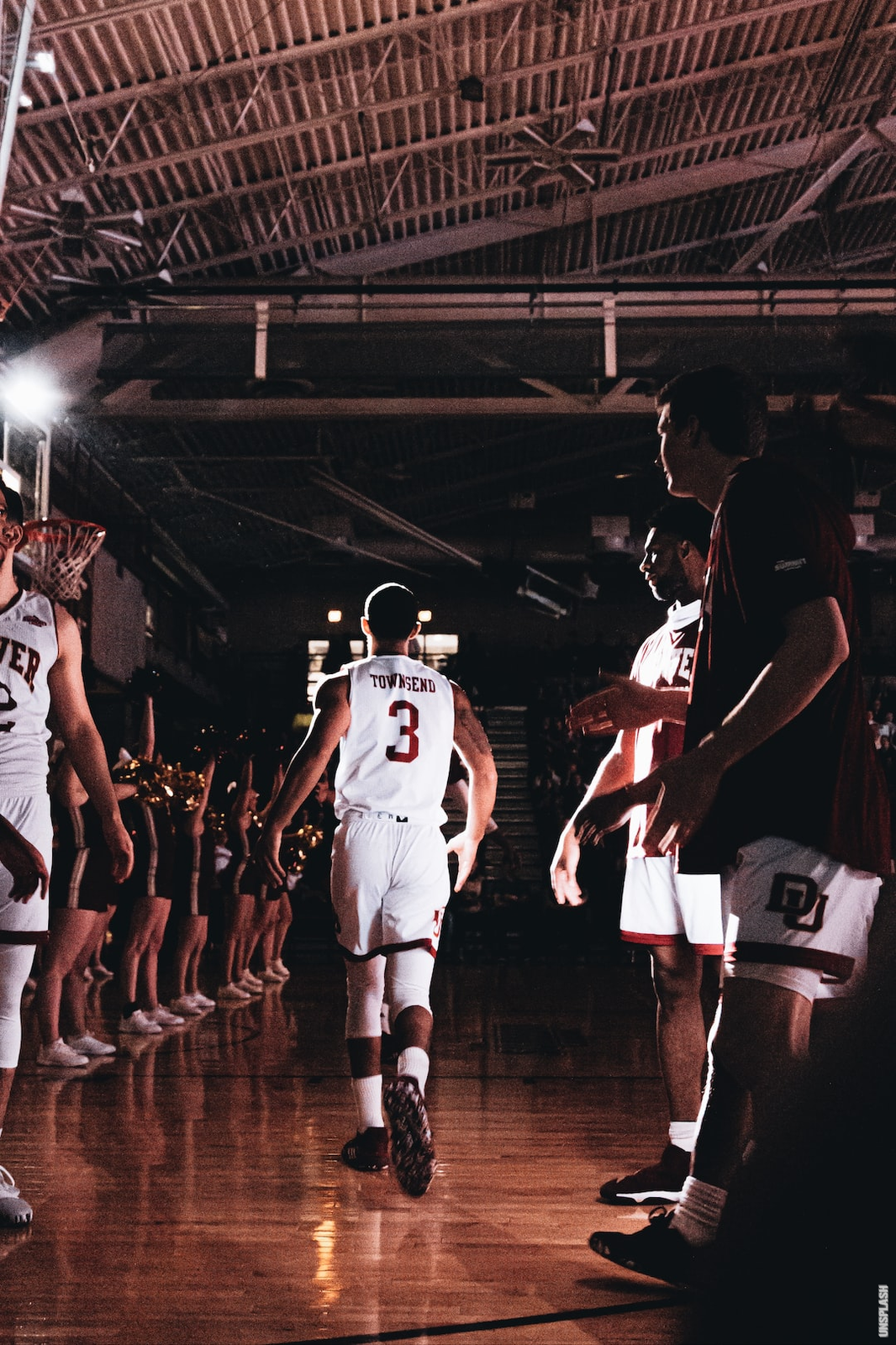The Origins of the Luxury Tax
The luxury tax in the NBA was introduced in 2002 as a mechanism to promote competitive balance among teams. It is a financial penalty imposed on teams whose total player salaries exceed the league’s salary cap. While the tax revenue is distributed among non-taxpaying teams, it serves as a deterrent for teams to spend excessively.
Strategies to Avoid the Luxury Tax
Many NBA teams have adopted different strategies to avoid or minimize paying the luxury tax. Some teams choose to stay below the salary cap by focusing on developing young talent through the draft and making shrewd trades. This allows them to maintain financial flexibility while building a competitive roster.
Other teams, particularly those in larger markets with higher revenues, are more willing to pay the luxury tax. They aim to assemble a star-studded roster by acquiring high-priced superstar players. These teams rely on their financial resources to absorb the tax penalties and believe that the on-court success and increased fan support outweigh the financial burden.
The Impact on Small Market Teams
The luxury tax can have a significant impact on small market teams with limited financial resources. These teams often struggle to attract marquee free agents due to their inability to offer large contracts. As a result, they must rely on developing their own talent and making prudent budget decisions to remain competitive.
However, the luxury tax also presents an opportunity for small market teams. By taking advantage of the tax revenue sharing system, they can receive financial assistance from the league’s wealthier franchises. This helps level the playing field and allows small market teams to compete with their more financially dominant counterparts.
Innovation and Creativity
To navigate the luxury tax successfully, NBA teams must be innovative and creative in their approach. They must find ways to maximize their resources while staying within the league’s financial constraints. This can involve making astute player evaluations, finding undervalued talent, or utilizing advanced analytics to identify hidden gems.
Additionally, teams can explore alternative revenue streams such as sponsorships, merchandise sales, and arena partnerships to generate additional income. By diversifying their revenue sources, teams can alleviate the financial burden of the luxury tax and invest in player development and team infrastructure.
The Future of the Luxury Tax
The luxury tax remains a contentious topic in the NBA, with ongoing debates about its effectiveness in maintaining competitive balance. Critics argue that it penalizes teams for spending on player salaries, hindering their ability to build competitive rosters. On the other hand, proponents believe it promotes financial discipline and prevents teams from simply buying championships.
As the league continues to evolve, it is likely that the luxury tax will undergo further modifications. The NBA and its teams will continually seek ways to strike a balance between competitiveness and financial sustainability, ensuring the long-term success of the league as a whole.
Post





